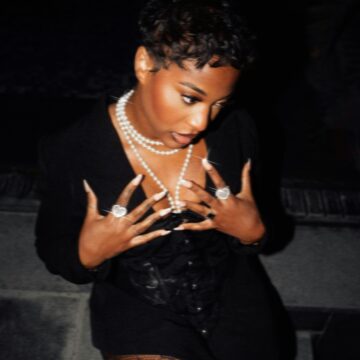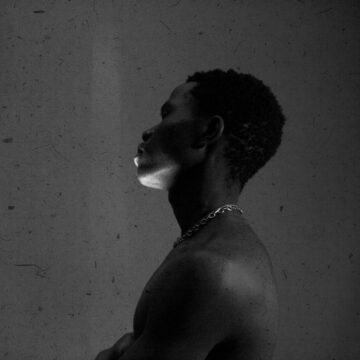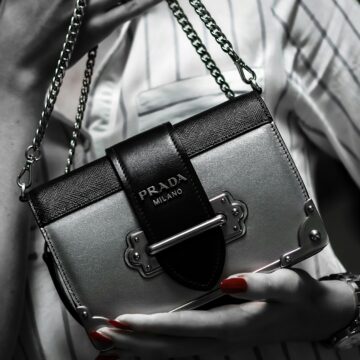Photo by Darrien Staton on Unsplash For centuries, Mary—the mother of Jesus—has been cast into the role of the silent, obedient, and sanctified woman. She is remembered less as a human being and more as a symbol of purity, sacrifice, and maternal devotion. But Colm Tóibín’s The Testament of Mary disrupts this tradition by granting...
Author: Rebecca Nagel (Rebecca Nagel)
Draupadi’s Palaces and the Feminist Quest for Freedom
Photo by Rahul Chakraborty on Unsplash Chitra Banerjee Divakaruni’s The Palace of Illusions reimagines the epic Mahabharata through the eyes of Draupadi (Panchaali), a woman often reduced to myth, duty, or property. But here, her journey unfolds through spaces—palaces, huts, forests, even exile—that mirror the evolution of her desires, struggles, and eventual liberation. What we...
You Exist Too Much and the Politics of Otherness
Photo by Ali Ahmadi on Unsplash Not all novels that wrestle with race do so explicitly. Some, like Zaina Arafat’s You Exist Too Much, move through themes of gender, sexuality, religion, and mental health—revealing how deeply they intertwine with the politics of race and belonging. At the center of Arafat’s debut is a Palestinian-American narrator...
Why Black, Queer, and Feminist Politics Are Essential for Radical Change
Photo by Christian Agbede on Unsplash One of the most common questions people ask in movement spaces is: why do we need to talk about race, gender, and sexuality all at once? Isn’t that too much to hold? In her powerful book, Unapologetic: A Black, Queer, and Feminist Mandate for Radical Movements, Charlene A. Carruthers...
Existentialism, Bad Faith, and the Trap of Comfort in Gender and Sexuality
Photo by Teslariu Mihai on Unsplash Existentialist philosophers remind us that human beings often choose comfort over conflict. To live in bad faith, as Jean-Paul Sartre and Simone de Beauvoir argue, is to surrender freedom for the security of familiarity. Instead of embracing responsibility for our choices, we cling to patterns and roles that feel...
Masculinity, Stereotypes, and the Lessons of The Nickel Boys
Photo by Olu Famule on Unsplash Colson Whitehead’s The Nickel Boys is more than a story of two boys trapped in a brutal reform school. It’s also a study in masculinity — what boys are told to be, what they’re punished for being, and how friendship and vulnerability reshape those expectations. Through Elwood and Turner,...
Gender in the Panopticon: What The Circle Teaches Us About Tech, Power, and Surveillance
Photo by Andras Vas on Unsplash When Dave Eggers published The Circle in 2013, some readers dismissed it as dystopian satire — a cautionary tale about a fictional Google–Amazon–Facebook mashup gone too far. But more than a decade later, Eggers’ world feels less like satire and more like a mirror. Mae Holland, the novel’s protagonist,...
Witches, Women, and the War on Samhain: A Feminist Look at Halloween’s Gendered History
Photo by Ksenia Yakovleva on Unsplash Halloween, for many, is a night of costumes, candy, and carved pumpkins. But before plastic pumpkins and fun-size chocolate bars, there was Samhain—a sacred Celtic festival marking the end of the harvest and the beginning of the darker half of the year. This ancient holiday wasn’t just a seasonal...
Prada, Power, and Pressure: Materialism in The Devil Wears Prada
Photo by Laura Chouette on Unsplash When The Devil Wears Prada hit theaters in 2006, many saw it as a stylish workplace comedy with unforgettable one-liners (“That’s all.”). But beneath the designer gowns and icy glares, the film offers a sharp critique of materialism, gendered workplace culture, and the pressure women face to conform to...
How Halloween Costumes Became a Lesson in the Male Gaze
Photo by Daniel Lincoln on Unsplash It’s almost impossible to walk into a Halloween store without stumbling into a wall of sequins, corsets, and miniskirts. Somewhere between the Mean Girls “I’m a mouse, duh” reference and today’s TikTok trends, women’s Halloween costumes became almost exclusively about how much skin they reveal—no matter the character. Nurse?...










